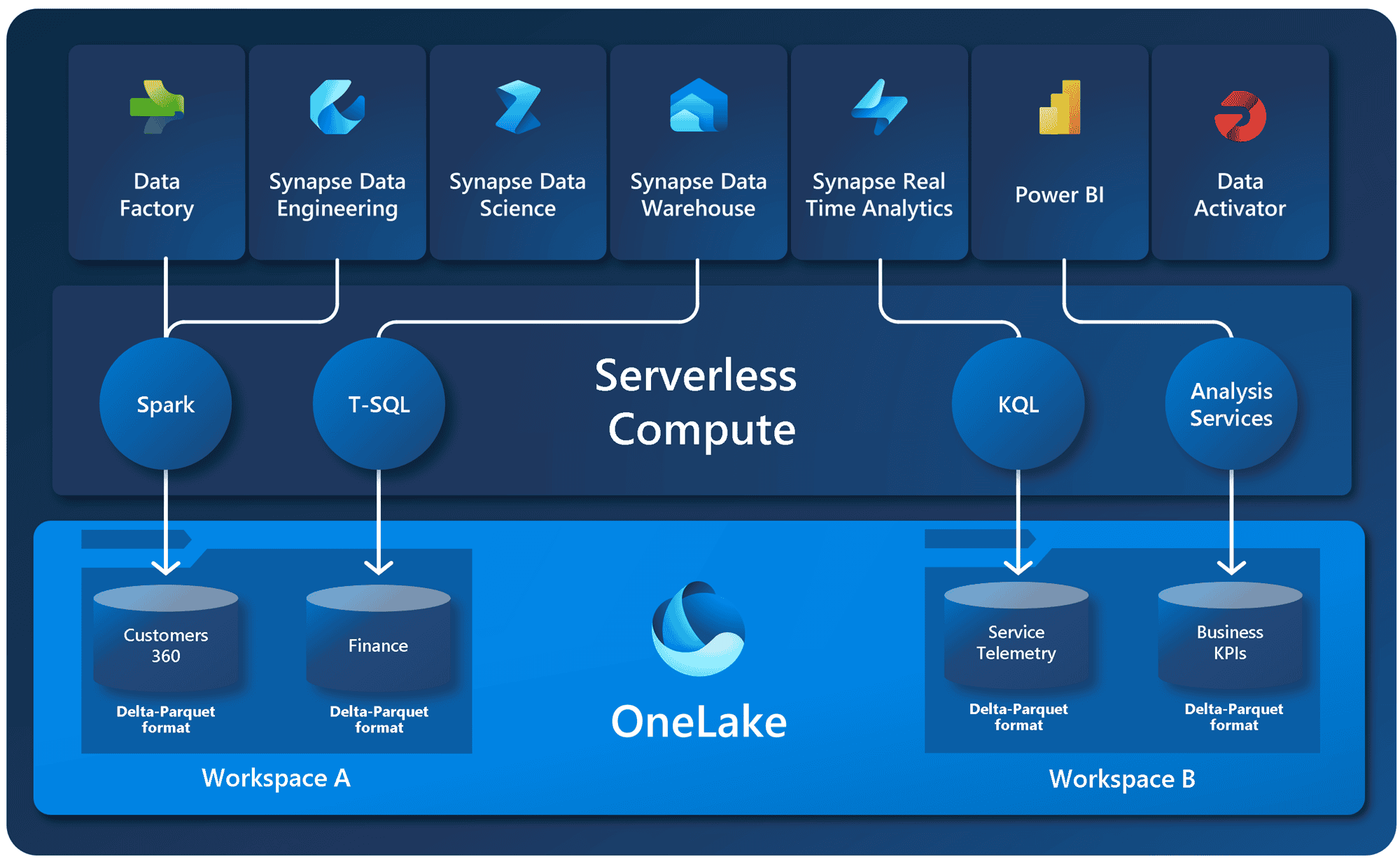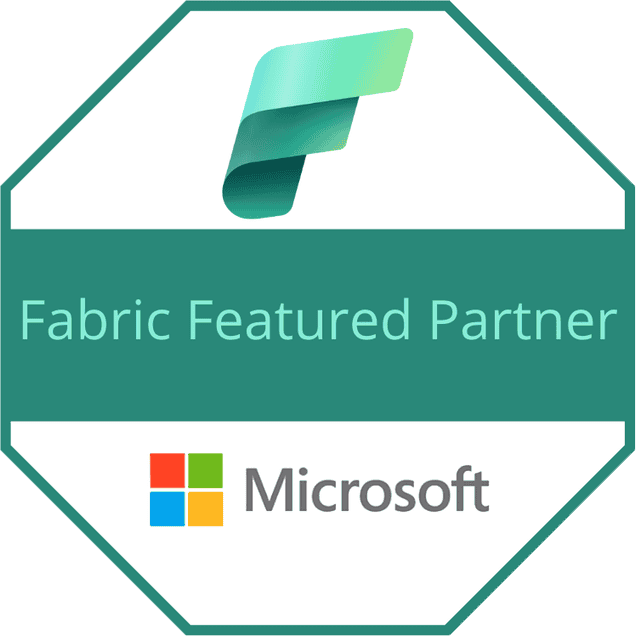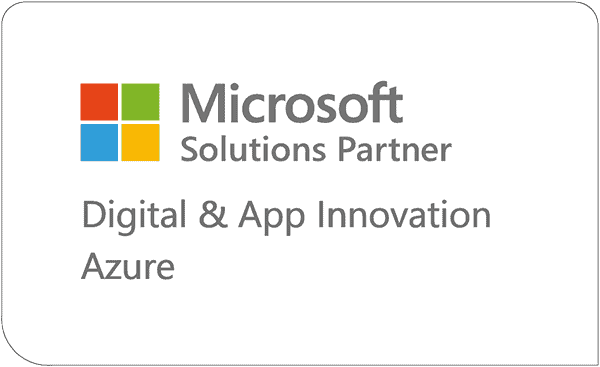Microsoft Fabric vs Azure Synapse
When it comes to managing your data, Microsoft offers two comprehensive services: Microsoft Fabric and Azure Synapse. So which should you use for your organization? We’ll highlight some of the key differences to make your decision a little easier.
In the realm of cloud-based data management and analytics, Microsoft offers two prominent platforms: Azure Synapse and Microsoft Fabric. While both serve the purpose of handling data processing and analytics tasks, they differ significantly in their architecture and approach. This comparison aims to dissect the distinctions between Azure Synapse and Microsoft Fabric, shedding light on their unique features and functionalities to assist organizations in making informed decisions about their data management strategies.
Azure Synapse, operating as a Platform as a Service (PaaS), provides a comprehensive development and deployment environment in the cloud. It offers resources to develop and deliver applications ranging from simple cloud-based apps to complex enterprise solutions. You purchase the resources you need from a cloud service provider on a pay-as-you-go basis and access them over a secure internet connection.
Conversely, Microsoft Fabric functions as a Software as a Service (SaaS), allowing users to connect to and utilize cloud-based applications over the internet. With SaaS, organizations rent the use of applications from a cloud service provider, accessing them through a web browser without the need to manage underlying infrastructure. Common examples are email, calendaring, and office tools (such as Microsoft Office 365).

Synapse Studio serves as a comprehensive tool for various tasks like data ingestion, orchestration, warehousing, and analytics, while Fabric treats data engineering, data science, data warehousing along with Power BI, Data Factory, and Reflex as standalone tools.
Synapse facilitates data management through a Serverless SQL Pool or Dedicated SQL Pool (SQL data warehouse), while Fabric offers SQL analytics endpoint or a warehouse in OneLake. The integration with OneLake in Fabric allows instant mounting of existing PaaS storage accounts (like with Azure Data Lake Storage) without the need for data migration with the shortcut feature. Shortcuts enable seamless data sharing between users and applications without moving or duplicating information across clouds, enhancing efficiency, reducing egress costs, and brings data closer to compute.

| Azure Synapse | Fabric | |
|---|---|---|
| Spark Compute | Initiates Spark sessions on demand, which may take 2-3 minutes to create a Spark pool | Spark sessions for notebooks are provisioned by default, enabling quick initiation of Spark pools within seconds |
| Source Control | Relies on integration with GIT | Uses native syntax which makes it easier to track and review changes |
| Mapping Data Flows | Utilizes mapping data flows for data ingestion and transformation | Feature not supported |
| Management | Allows customers to manage their data | Microsoft manages all aspects of the application |
| Scaling | Requires manual configuration adjustments by administrators | Automatically scales processing power based on demand |
| Security | Security based on role-based access control (RBAC) to manage different aspects of Synapse Studio. Row/column/object level security is provided. | Fabric OneSecurity layer manages access across all Fabric objects |
This comparison between Microsoft Fabric and Azure Synapse highlights their distinct approaches to cloud-based data management and analytics. While Synapse operates as a PaaS, offering a comprehensive environment for application development and data analytics, Fabric functions as a SaaS, providing seamless access to cloud-based applications without infrastructure management. Understanding the differences in features, scalability, and management capabilities is crucial for organizations to select the platform that aligns best with their data management needs and objectives. By leveraging the strengths of Azure Synapse or Microsoft Fabric, companies can optimize their data workflows and foster innovation in their data-driven initiatives.

Smartbridge is a Microsoft Fabric Featured Partner. Check out what that means!

Keep Reading: What is Microsoft Fabric?
Looking for more on data and analytics?
Explore more insights and expertise at smartbridge.com/data
There’s more to explore at Smartbridge.com!
Sign up to be notified when we publish articles, news, videos and more!
Other ways to
follow us:




